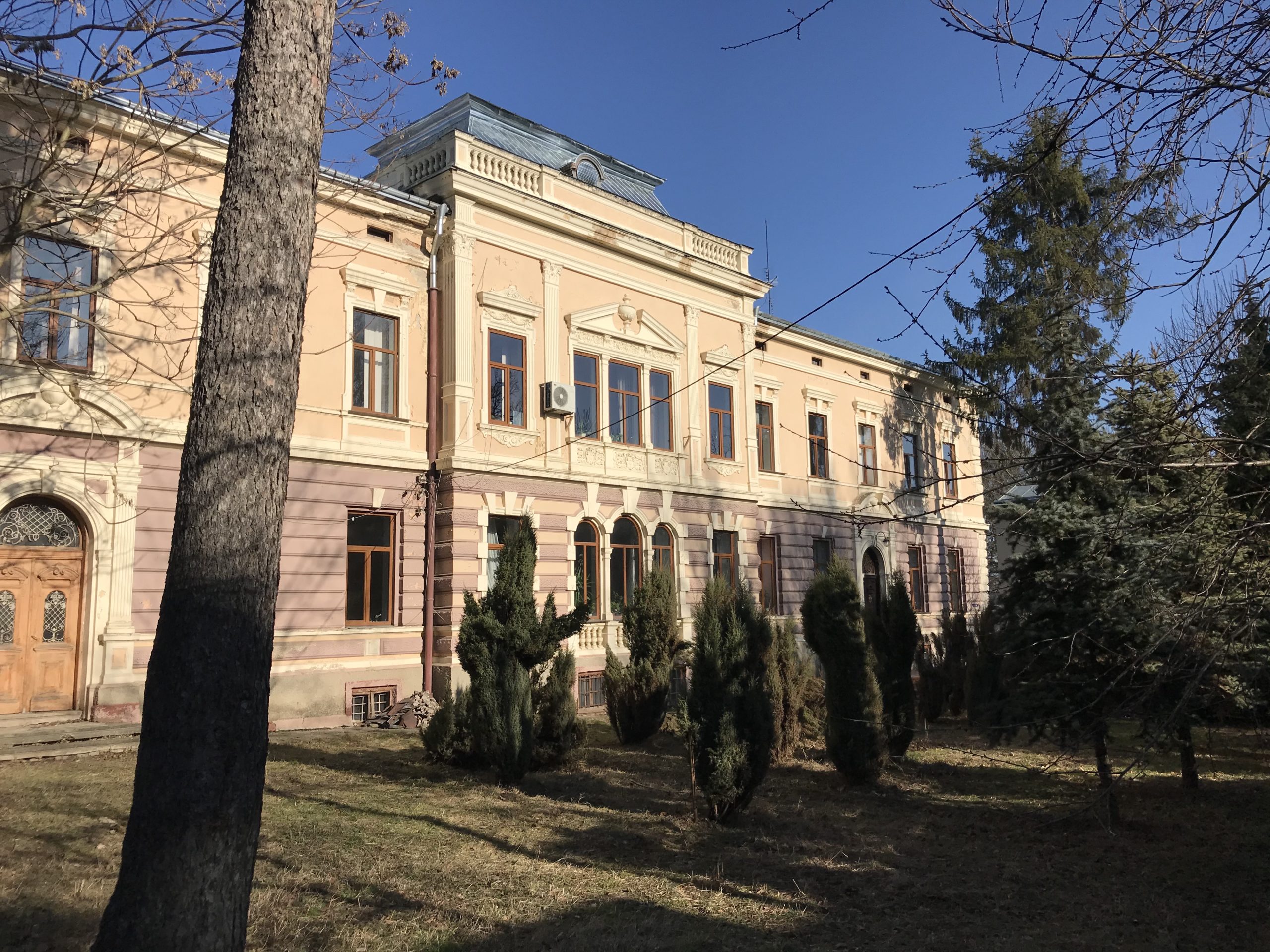The entrance to the lot at Ivana Bohuna 24 is guarded by a gatekeeper who makes sure that no unauthorized person enters the building. Today the two-story Classicist-style building is a school, but it used to be the Jewish orphanage “Emperor Franz Joseph Jubilee Orphanage for the Israelites in Chernivtsi”. Its construction began in 1898 – the 50th anniversary of Franz Joseph´s reign. The orphanage opened only six years later, since the construction used up all resources. In order to purchase the necessary equipment and maintenance costs, new money had to be fundraised. The project was then financed by wealthy members of the local Jewish community.
The opening of the orphanage in 1904 was attended by representatives of the highest political and economic elite, and clergy of different denominations of Bukovina. In the following years, between 40 and 50 children lived in the orphanage. The orphanage was administered under the guidance of the Board of the Jewish community.
When Chernivtsi became a part of the Kingdom of Romania in 1918, the institution’s work didn’t change much. In 1940, the orphanage was nationalized, though it still served its original purpose. The return of the Romanians in the summer of 1941 resulted in a tragedy for the Jewish orphans. They were resettled and later deported to Transnistria. The rooms of the orphanage were used for some time as a hospital for Romanian soldiers.
After World War II the former orphanage was used as a dormitory of a boarding-school. In 1977 the building became part of the Pedagogical College’s Music Department. Until today, the building is used as a pedagogical institution.
